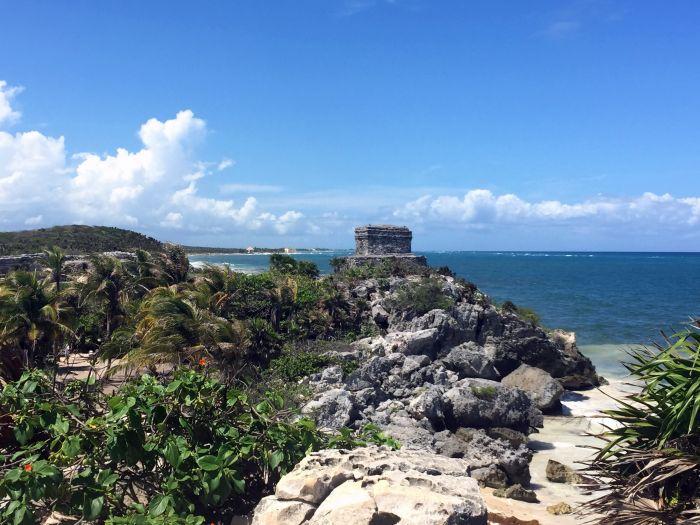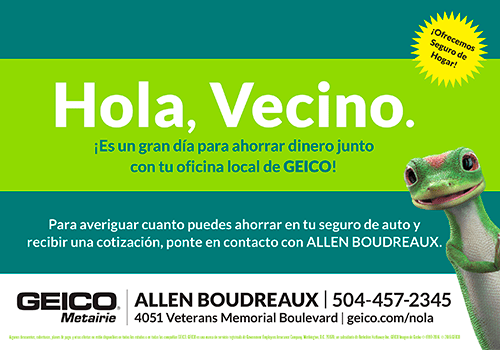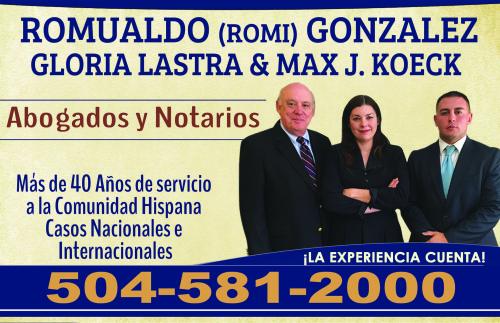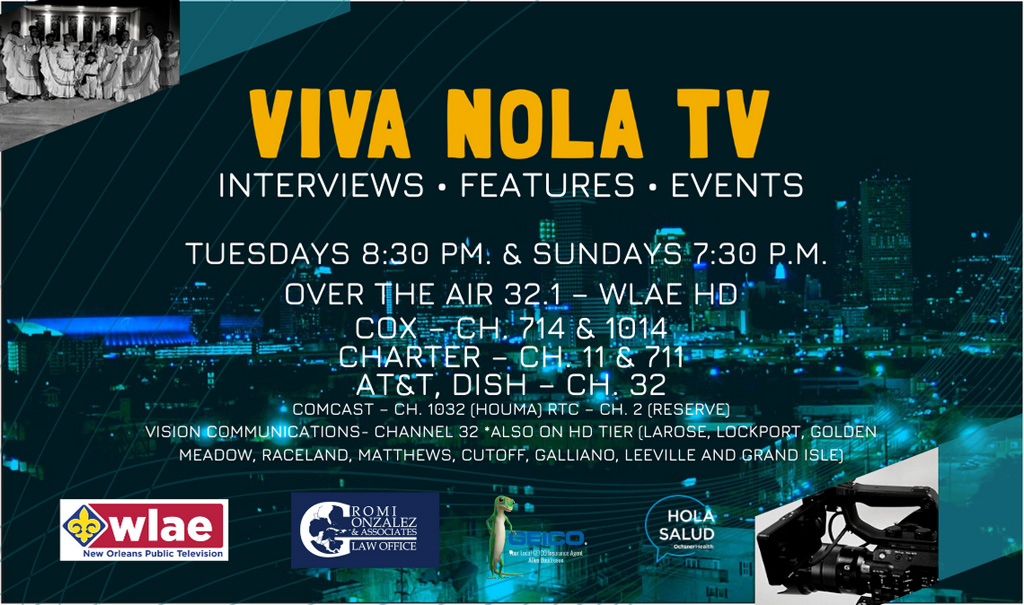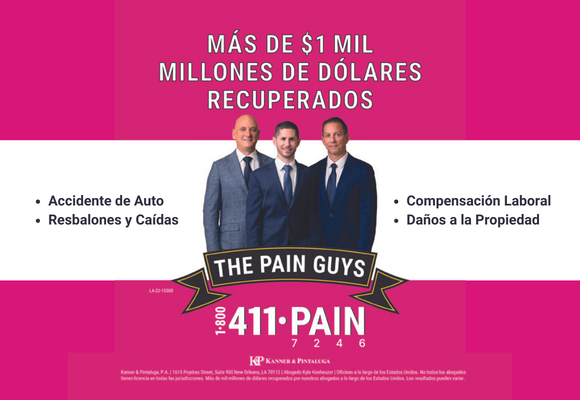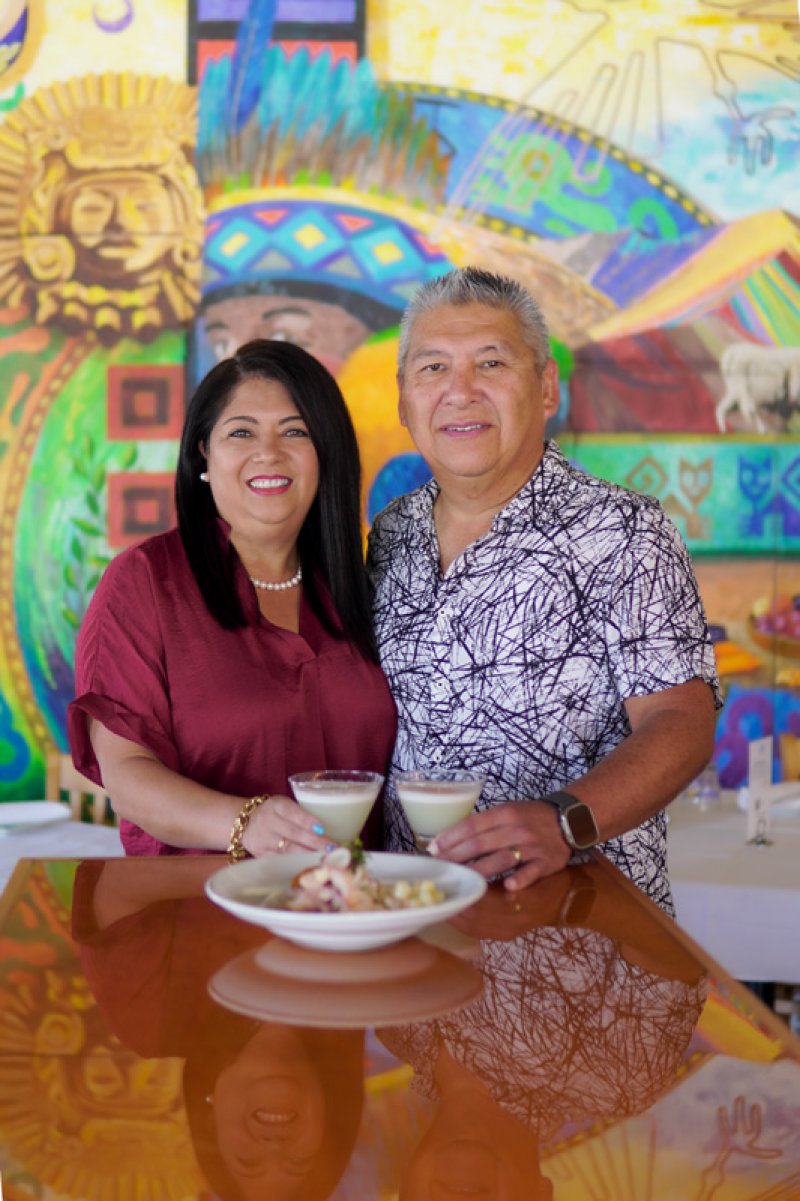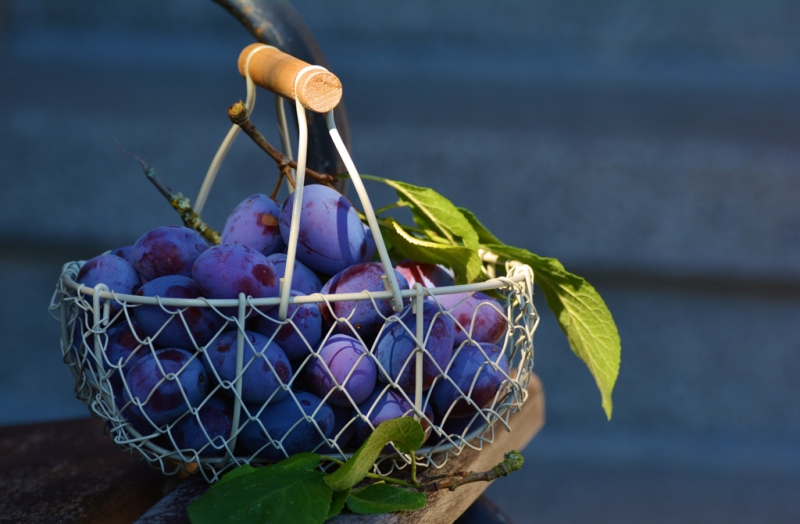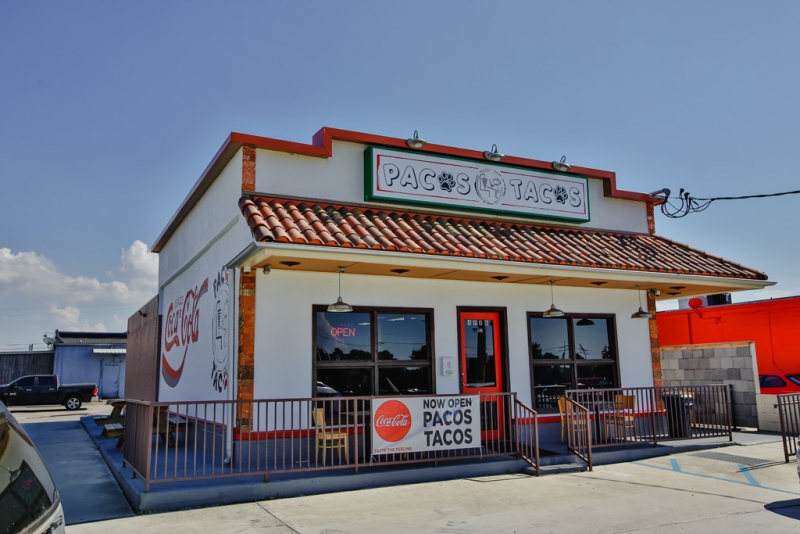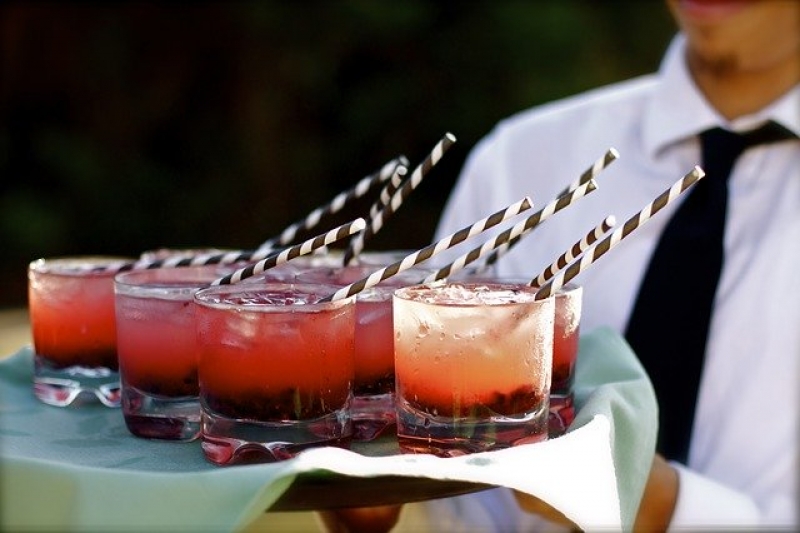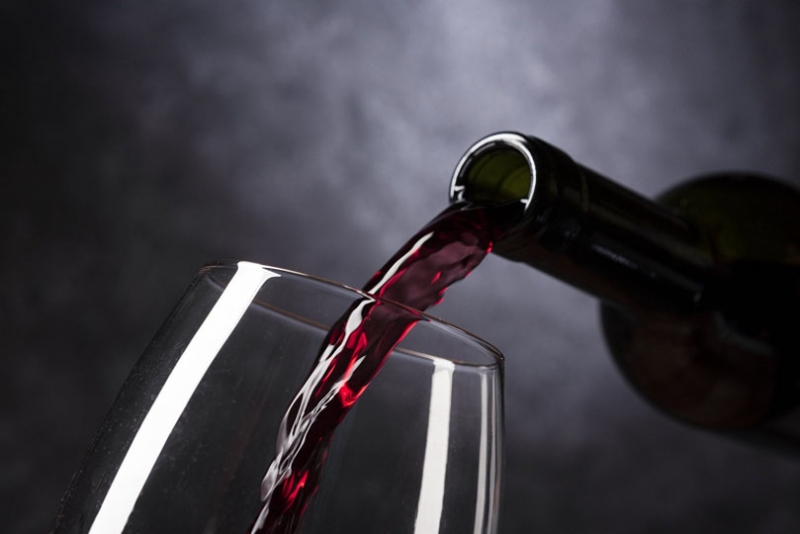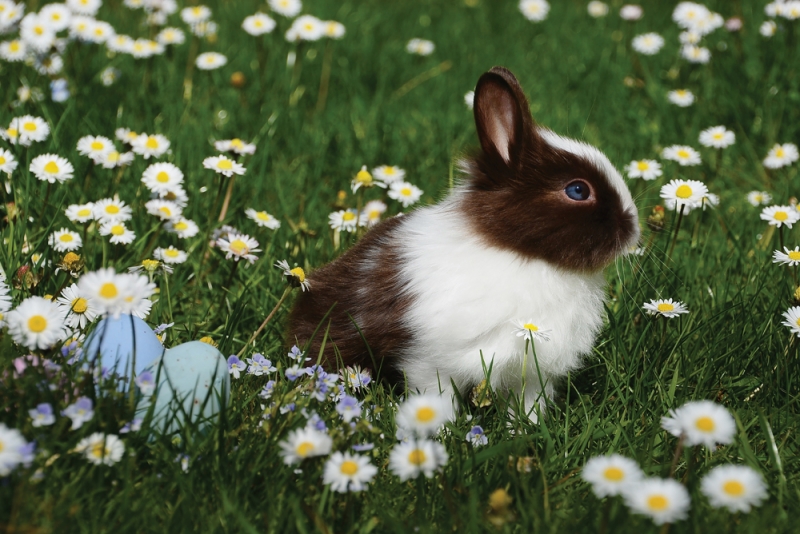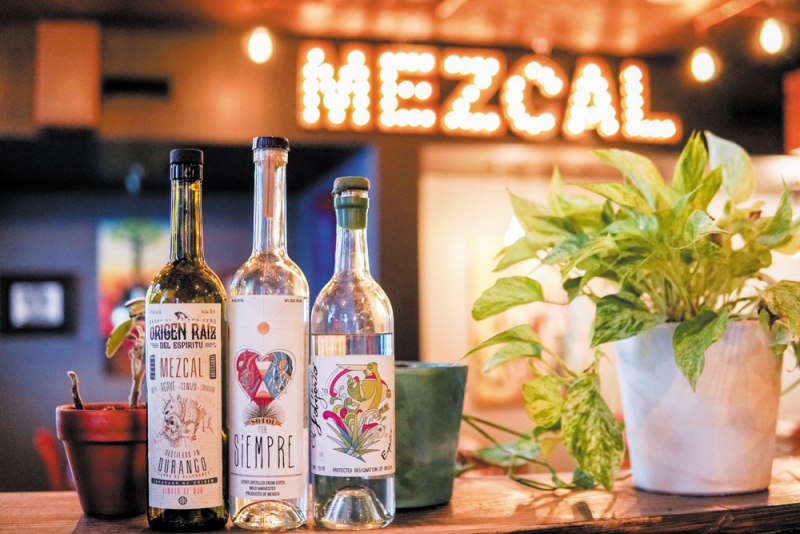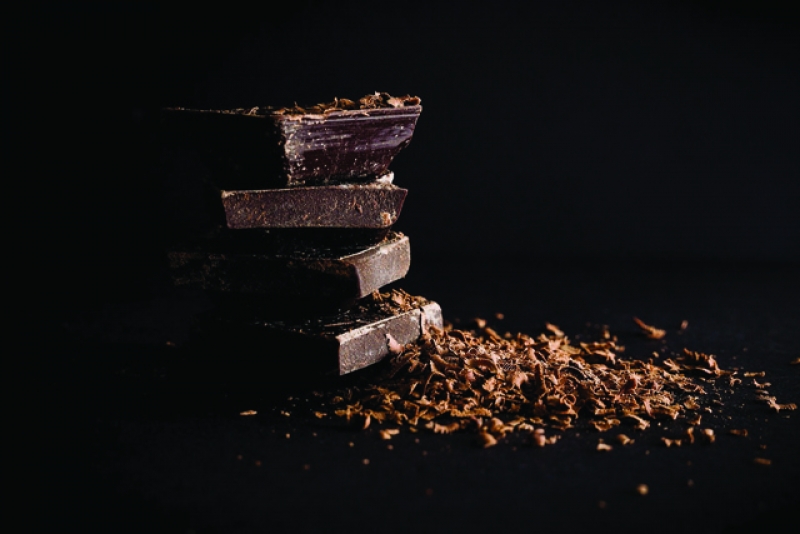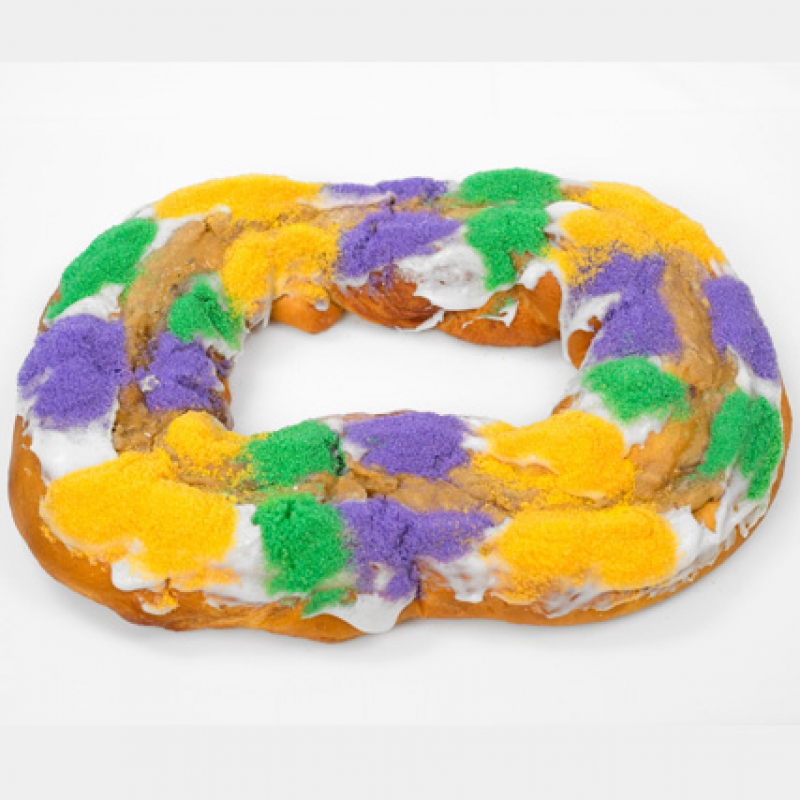- Written by Christopher Ard
- Published in Somos NOLA
Huracán
By Christopher Ard
Click aqui para español->Huracán
It’s August in New Orleans and that means two things--heat and hurricanes. August and September are considered the height of hurricane season in New Orleans and the rest of the Gulf Coast and Caribbean.
Each year, we nervously watch the daily weather updates hoping that nothing is coming our way. The thought of a major hurricane destroying our homes, our communities, and life as we know it, strikes fear in most New Orleanians who have been through a hurricane. However, the Native Americans offer a unique perspective. The English word hurricane comes from the Native Americans of the Caribbean.
The Taíno of Puerto Rico had a word to describe these large spiraling storms that would come about during the summer. When the Spanish arrived, they borrowed the word and spelled it Huracán. The word Huracán was also shared with other native peoples within the hurricane belt of the Gulf of Mexico and Caribbean.
While the spellings and stories about these storms differ across cultures, there is one central theme that is often overlooked. Like many early cultures, the native people of the Caribbean understood that life was not always happy and not always sad. There was an equilibrium that occurred in nature. You can think of this as day and night, male and female, hot and cold, etc. The native peoples understood that nothing was permanent: Along with life comes death, but after death, life comes again.
This theme of an infinite spiral of chaos and life can be seen in the Taíno version of the hurricane. The symbol they used depicts the face of Guabancex, or “the one who destroys everything” with two long and curly arms spiraling out of her face. We use a version of this symbol today to depict hurricanes on our modern weather maps.
The Mayan story of the god Huracán survived the European conquest better than most of the other cultures. According to the Mayans, Huracán was one of the creation gods, who could create great destruction or build new worlds. It was Huracán that destroyed the earlier versions of the earth with fire and then a great flood. Each time he destroyed the earth, Huracán gathered up materials and started new. He commanded the land rise out of the sea and then he created humans from a dough made of corn.
While we, today, associate hurricanes as powerful wind and rain storms, the Maya understood these storms a bit more in depth. The Yucatan Peninsula is a large flat area of land that is situated at one end of the Caribbean--directly in the path of the most powerful hurricanes and the center of the Mayan universe. The Maya knew that a hurricane wasn’t just the single storm alone.
As these storms blew through the region, they would knock down enormous swaths of forest. After the rainy season, the fallen trees would dry out. One bolt of lightning could then ignite the trees and huge fires would then sweep across the Yucatan. The now deforested land would then be susceptible to flooding. Of course, there was also the large storm surges--large waves that would wash far up onto the land, changing the coast line. For this reason, to the Maya, Huracán was more than the initial wind and rain. Huracán encompassed all the power of these great storms--including their aftermath and the renewal of the land.
The word hurricane comes from the Americas--from the native peoples of Latin America--and they never intended for it to be a scary word. Our ancestors acknowledged all aspects of the hurricane--the destruction and the renewal; and that’s how we should see them, along with other disasters in our lives.
There will always be hurricanes, and floods, and fires, but with these disasters come opportunities to grow stronger and better. It may not be the easiest thing to do, but the next time you’re faced with a disaster take a step back and look at the entire picture. Life is an infinite spiral of ups and downs, of tears and laughs, of births and deaths. A hurricane is just nature giving us a chance to renew.



